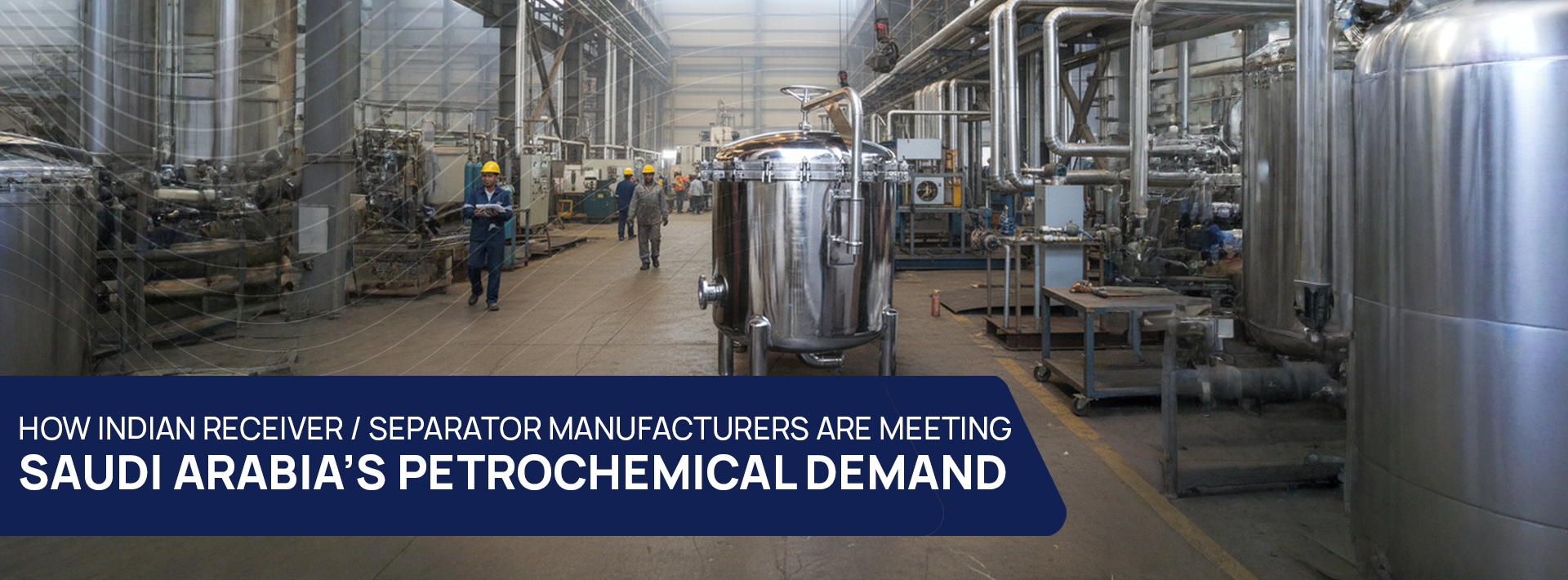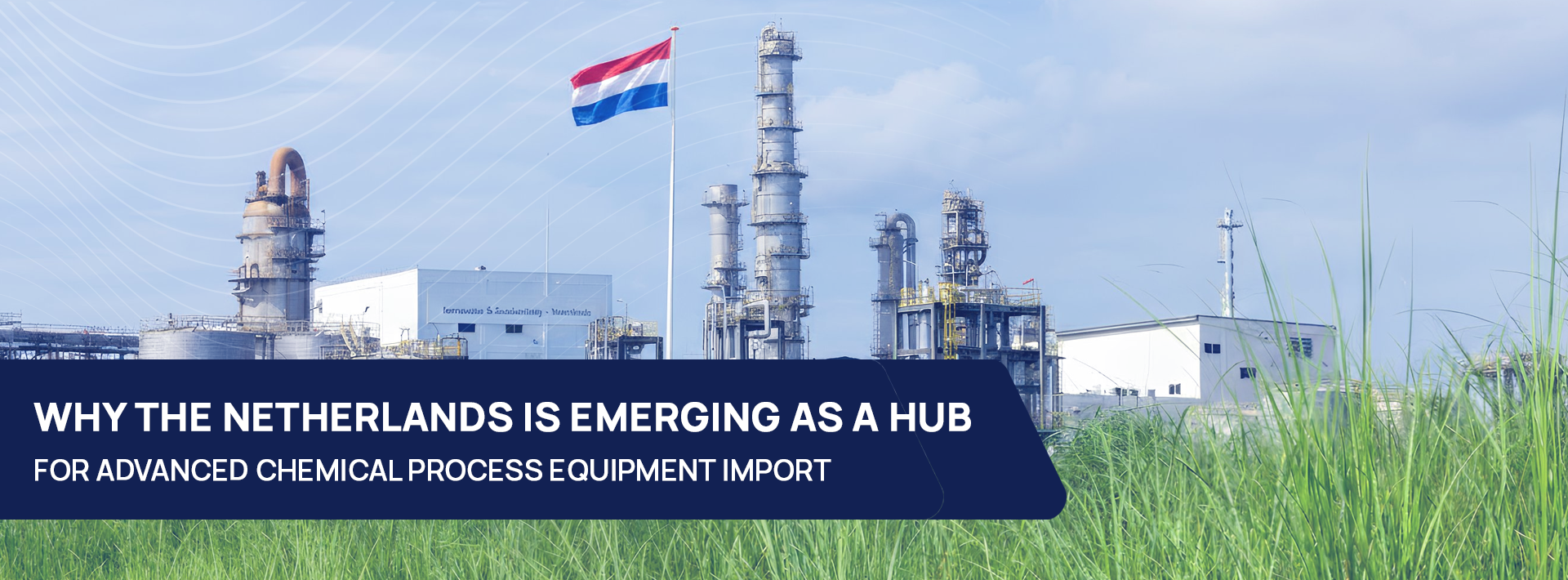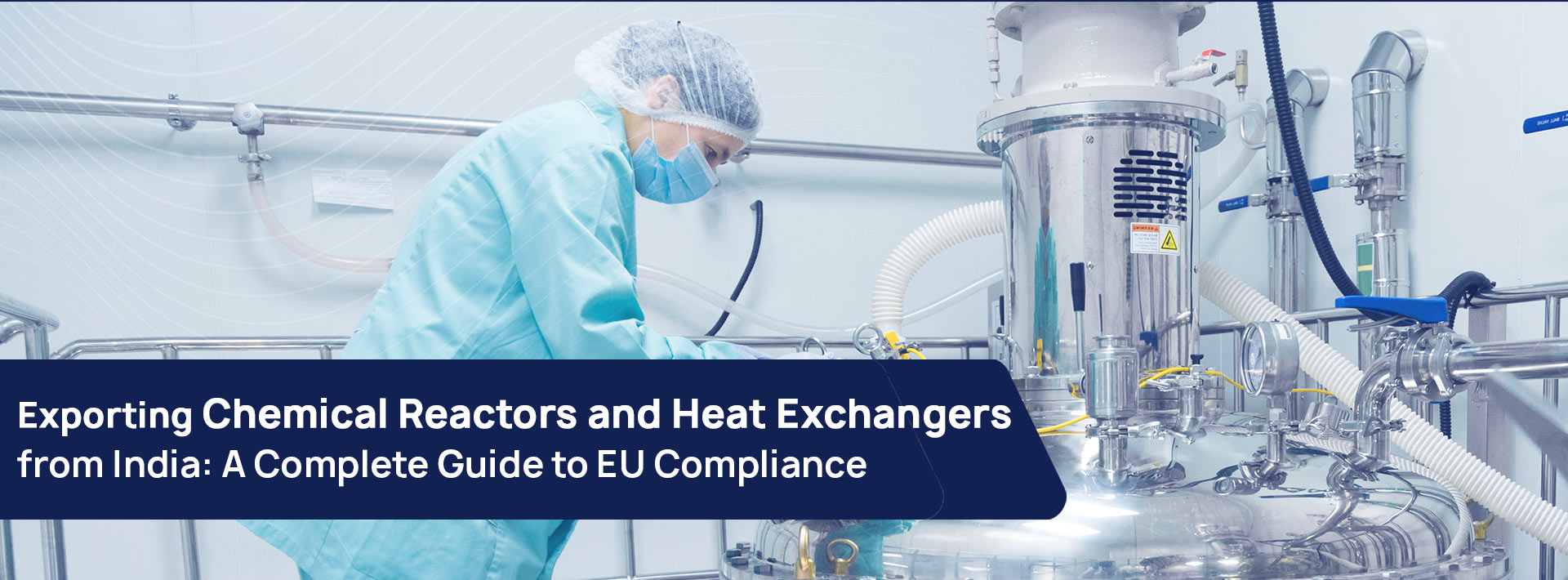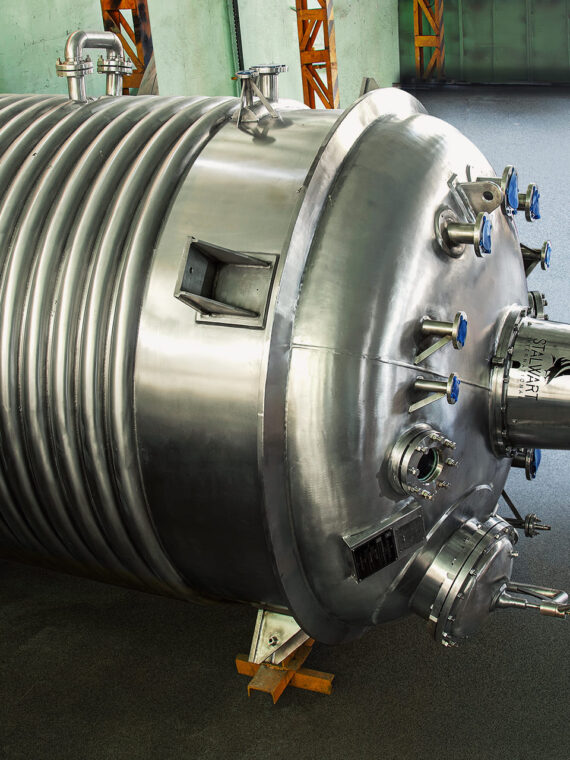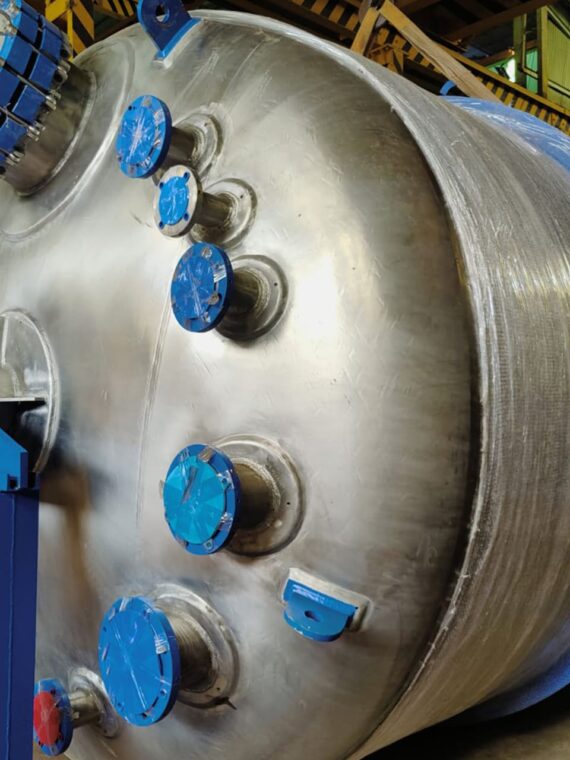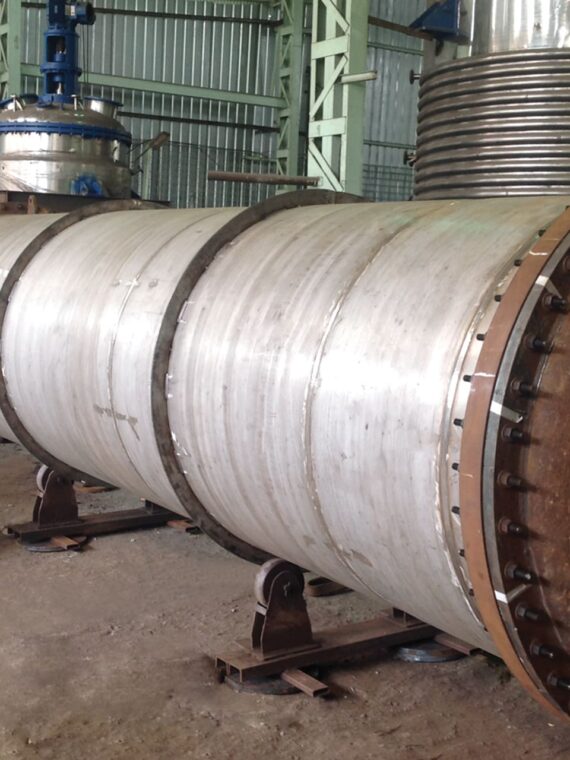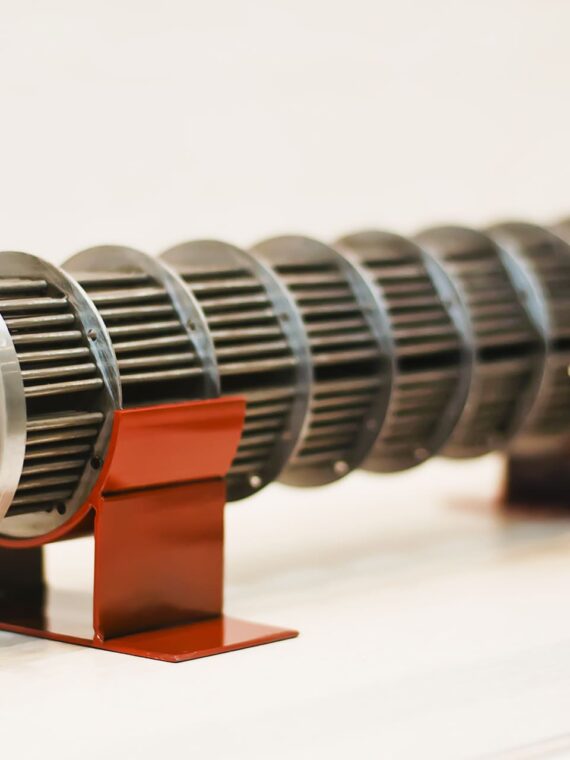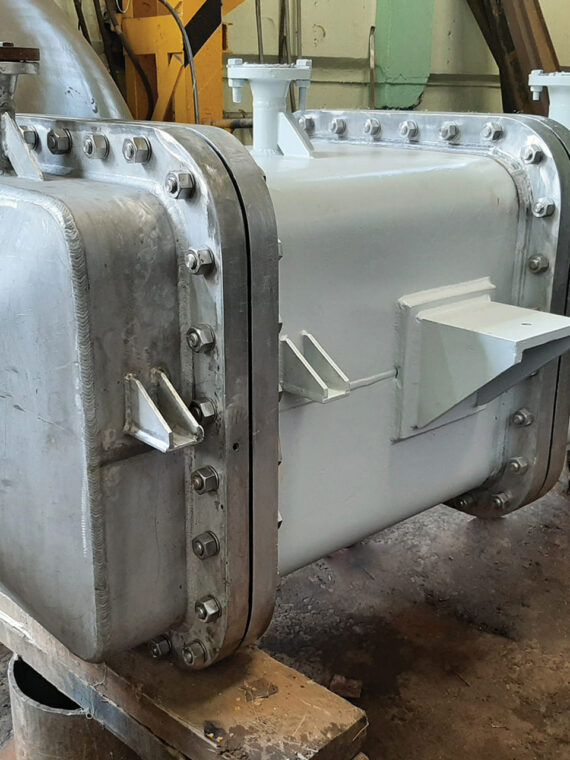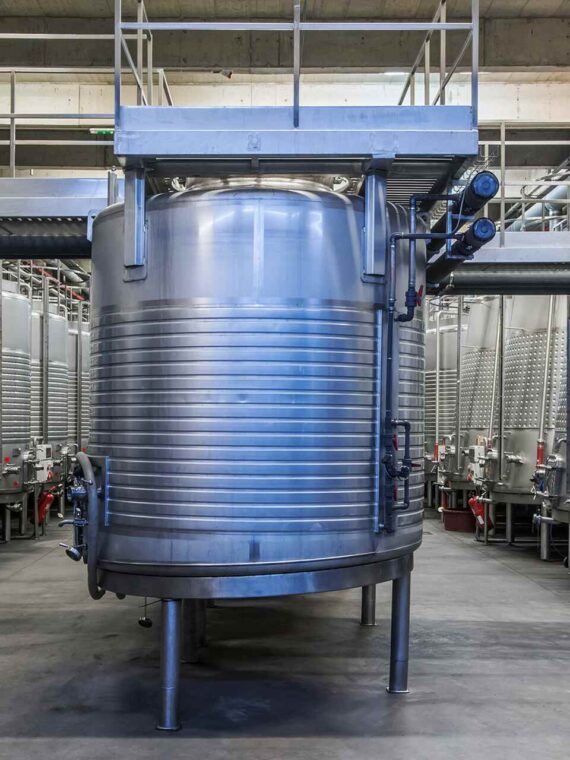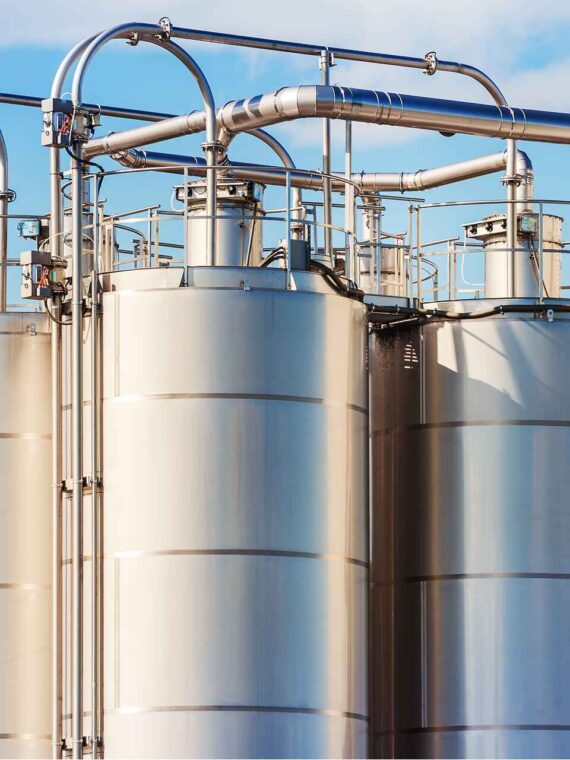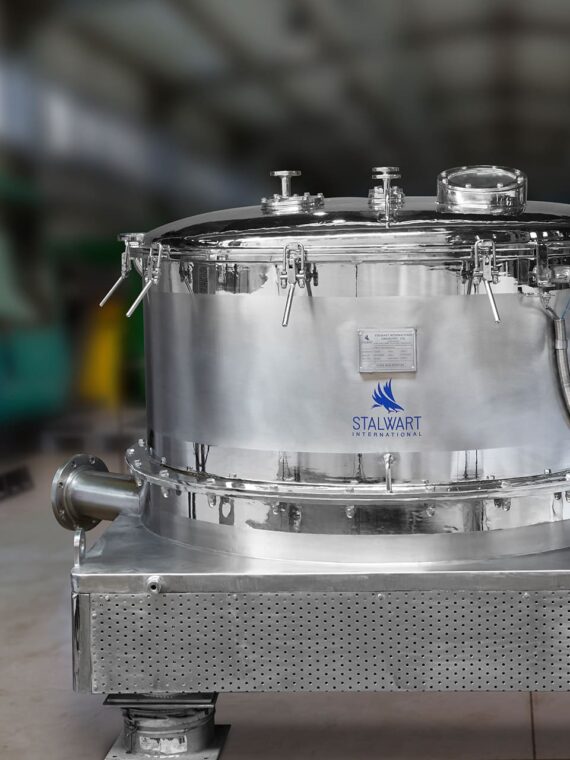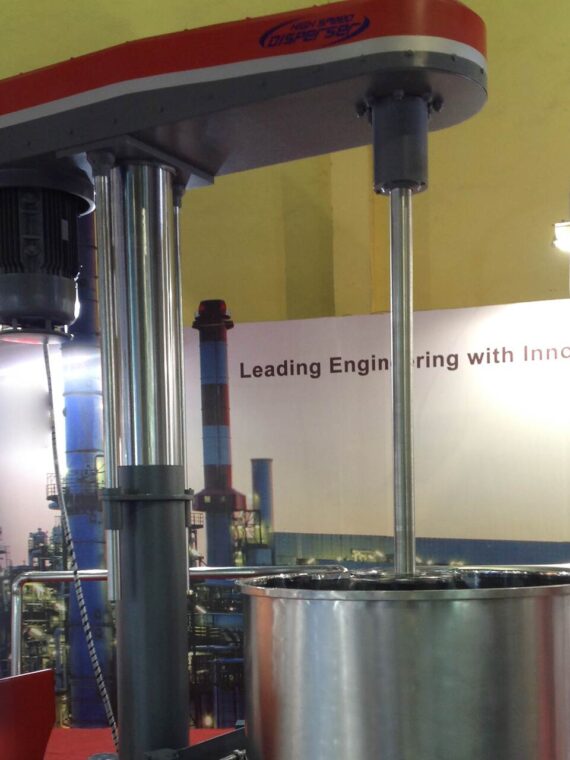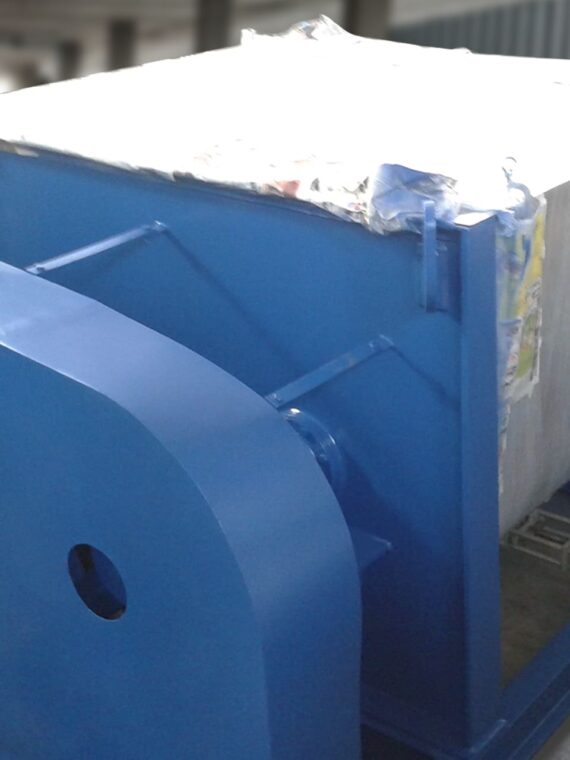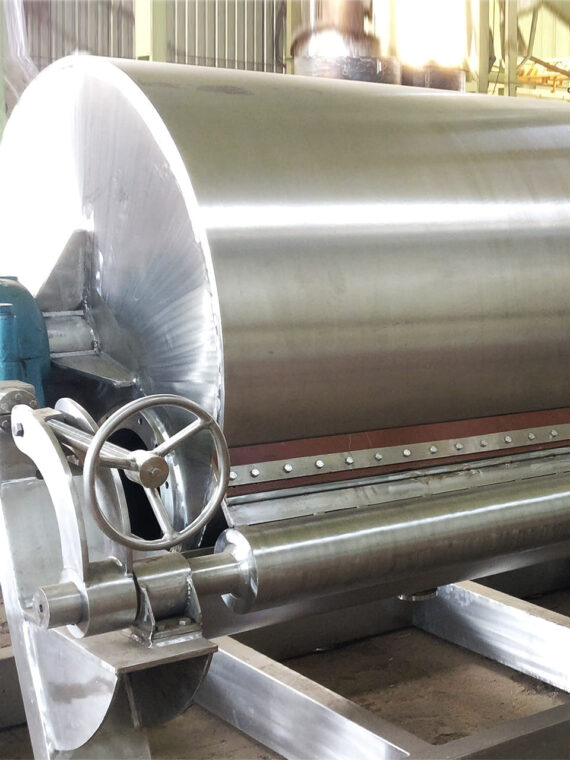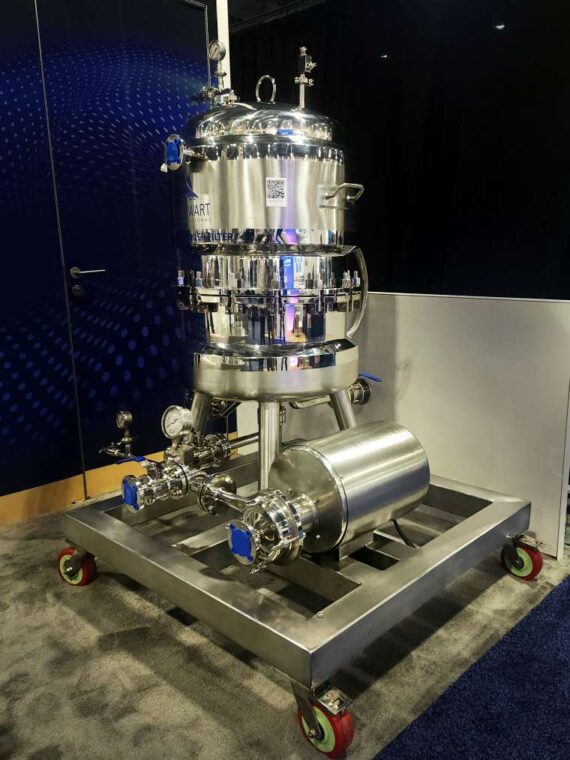Chemical Reactors are also referred to as the heart of any chemical plant because all the chemical processes taking place inside the reaction vessel. This enclosed space allows the transformation of raw materials into the products of high added value.
In chemical engineering, a chemical reactor is a classic unit of operations for any chemical process analysis. Chemical engineering also deals with designing a chemical reactor to maximize the net present value of a particular chemical reaction. The designers need to make sure that the reaction is proceeding with high efficiency to the desired product and also produces a high yield of the product with minimal financial investment to operate.
The most basic types of chemical reactors that you will find are the tanks and pipes or tubes. Both of these types are used for continuous reactors and batch reactors and can accommodate either one or more solids in the form of catalysts, reagents, or inert ingredients but the final products and reagents are mostly fluids. Reactors in the continuous processes usually run in a steady-state, but the reactors in the batch processes tend to operate in a transient state.
Types of Chemical reactors:
- Batch reactor: This is the most simple form of the reactor in which the materials are loaded and then the reaction proceeds ahead with time. It doesn’t reach the steady-state on its own and thus requires control over temperature, pressure, and volume. These are mostly used in small scale production units which require biological materials like brewing, pulping & production of enzymes.
- Continuous Stirred Tank Reactors: In this reactor, either one or more fluid reagents are put into the reactor and then stirred with the help of an impeller which ensures proper mixing of reagents inside the vessel, while the reactor effluent is removed. This is used quite often to simplify the engineering calculations and is used to describe the research reactors.
- Plug Flow Reactor: A plug flow reactor is also sometimes referred to as a continuous tubular reactor. In this, one or more fluids are pumped into the vessel using a pipe or a tube. In this reactor, the changing reaction rate curates a gradient concerning the distance traversed by a fluid. At the inlet of PFR, the rate of the reaction is quite high as the reaction process advances, the concentration of the reagents continues to decrease and the concentration of the end products keeps increasing, the reaction rate at the outlet slows down.
Apart from these three main types of chemical reactors, there are semi-batch reactors and Catalytic Reactors. To know more about Chemical reactors, get in touch with the experts at Stalwart International. Stalwart International is one of the top chemical reactor manufacturer and deals with various types of chemical reactors daily.



